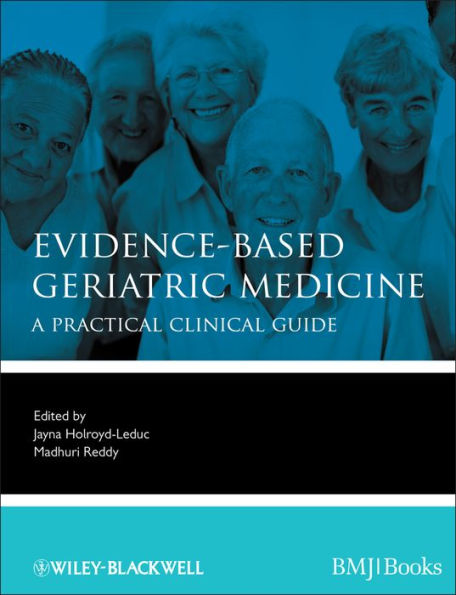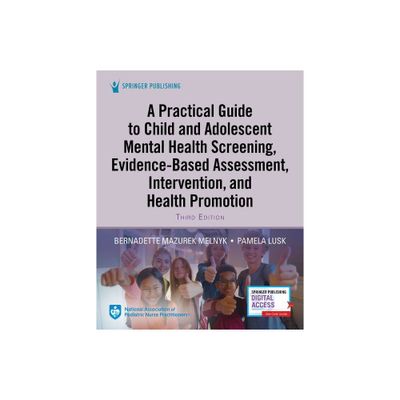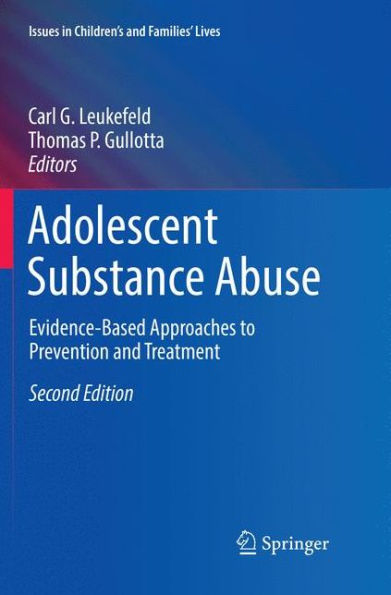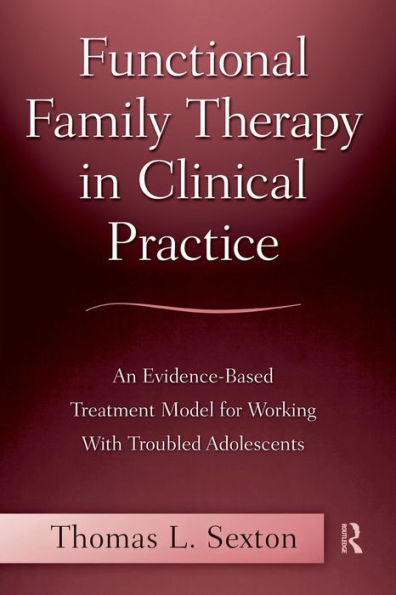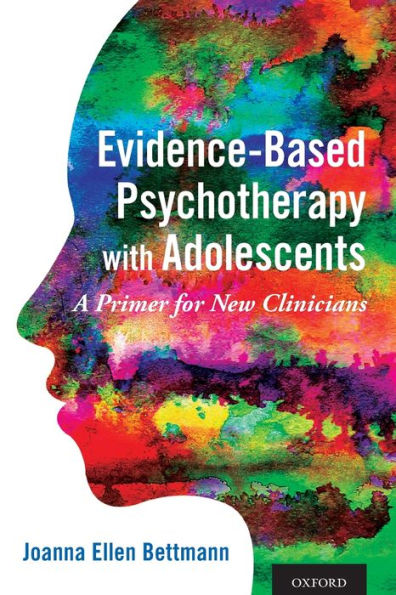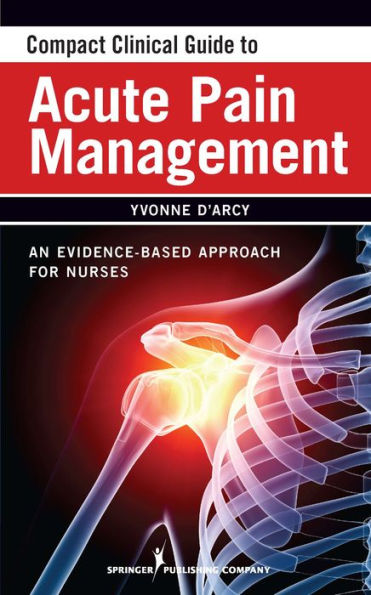Home
Evidence-Based Treatment Planning for Disruptive Child and Adolescent Behavior Facilitator's Guide / Edition 1
Loading Inventory...
Barnes and Noble
Evidence-Based Treatment Planning for Disruptive Child and Adolescent Behavior Facilitator's Guide / Edition 1
Current price: $37.75


Barnes and Noble
Evidence-Based Treatment Planning for Disruptive Child and Adolescent Behavior Facilitator's Guide / Edition 1
Current price: $37.75
Loading Inventory...
Size: OS
*Product Information may vary - to confirm product availability, pricing, and additional information please contact Barnes and Noble
This DVD Facilitator's Guide to the Evidence-Based Psychotherapy Treatment Planning for Disruptive Child and Adolescent Behavior (
DVD sold separately
) is designed to help teachers or trainers conduct lectures or training sessions on the content of the DVD. The guide follows each section of the DVD, providing succinct summaries of key section content, section review test questions and answers, and test-style questions and answers covering key concepts. Online links are provided to client homework exercises consistent with the therapeutic techniques described and demonstrated on the DVD. References to empirical work supporting the treatments, clinical resource materials, and training opportunities are also cited. The DVD,Companion Workbook, andFacilitator’s Guide are designed so that instructors can cover only the content of the DVD or springboard into further coverage of any of the concepts. Optional topics for further discussion, with talking points, are provided in each chapter of the Facilitator’s Guide.
Designed to be used in conjunction with the DVD and its
Companion Workbook
, this guide includes:
Summary highlights of content shown in the DVD
Chapter review questions and answers summarizing key concepts
Test-style questions and answers on selected chapter concepts
Optional topics for further discussion, with talking points
Scripts and critiques of the role-played scenarios demonstrating selected aspects of the ESTs
References to empirical support, clinical resources, and training opportunities for the treatments discussed
Online links to client homework exercises consistent with the therapeutic techniques described and demonstrated
Explanations of correct and incorrect answers to the test-style questions from each chapter
